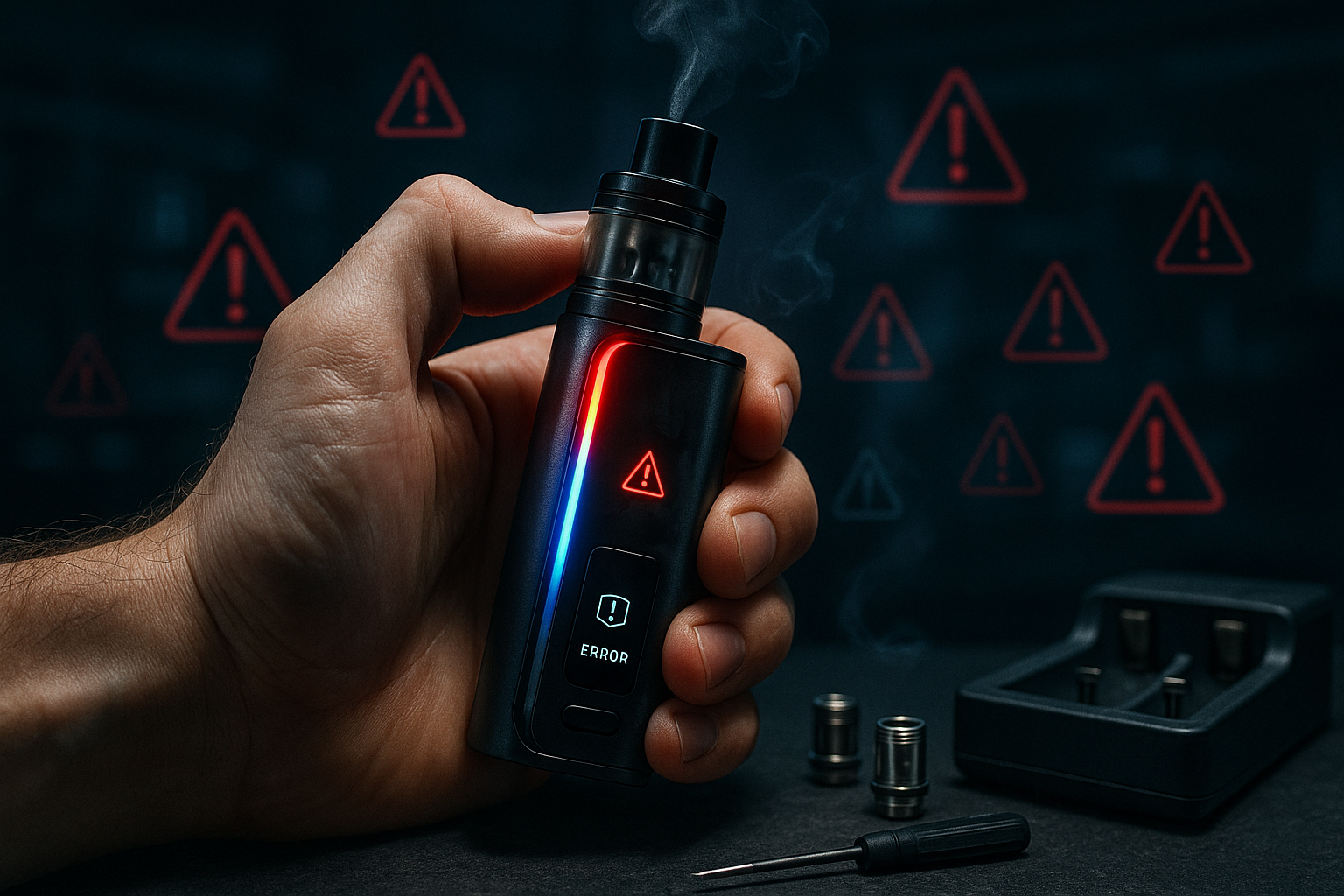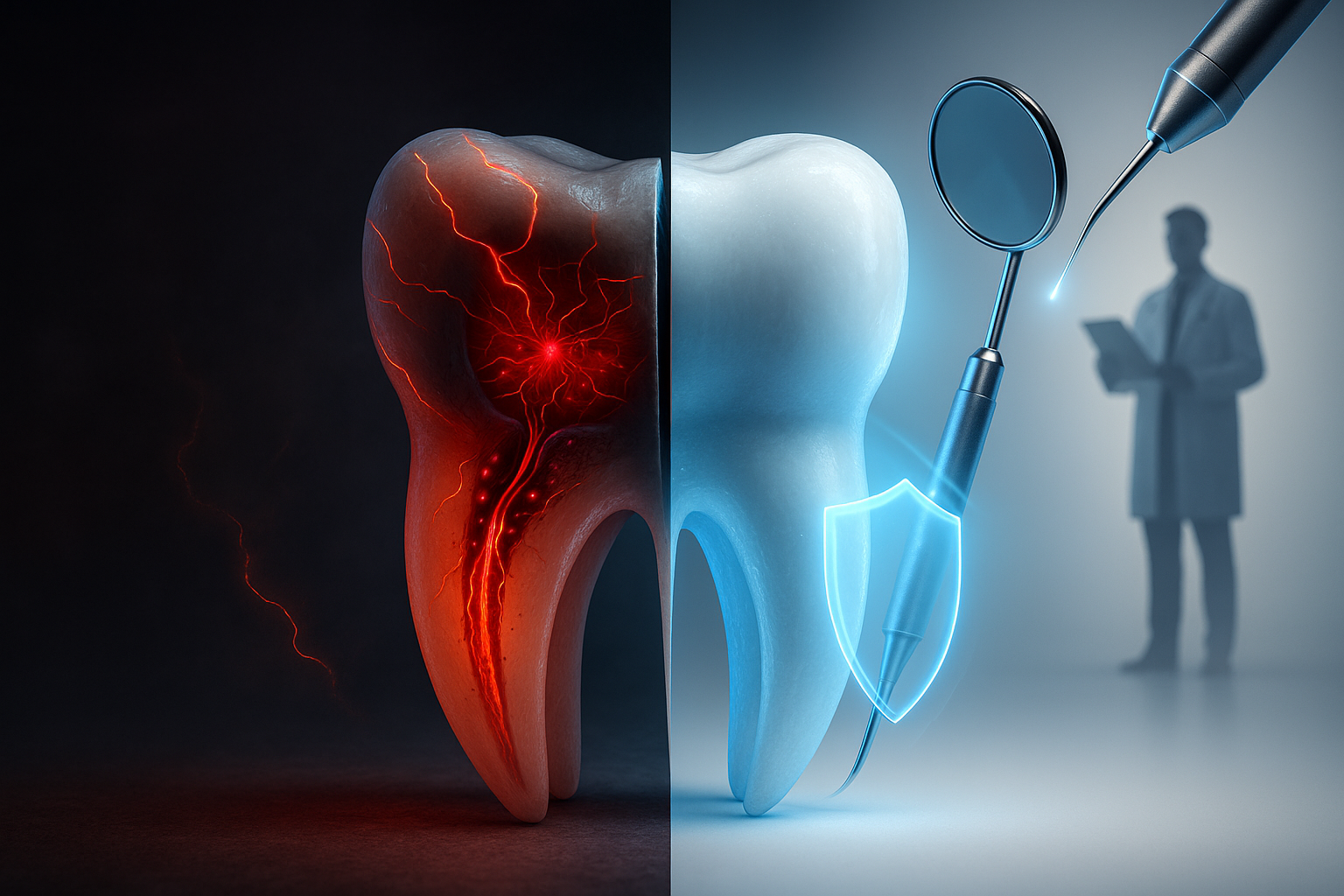
Why Is My Car Smoking Under the Hood? Causes, Solutions & Safety Tips

If you've ever lifted your car's hood to find smoke billowing out, you know the immediate panic that follows. That alarming sight of smoke coming from under your hood is enough to make any driver's heart race. But before you assume the worst, it's important to understand that there are many potential causes—some serious and others relatively minor.
When you see smoke under your car's hood, pull over safely as soon as possible and turn off the engine to prevent potential damage or fire hazards.
In this comprehensive guide, we'll explore the various reasons your car might be smoking under the hood, how to identify the type of smoke, what immediate actions to take, and when professional help is necessary.
What Causes Smoke Under Your Car's Hood?
Smoke from under your hood typically indicates that something is burning or evaporating due to contact with hot engine components. Here are the most common causes:
1. Fluid Leaks on Hot Components
The most frequent cause of smoke under the hood is fluid leaking onto hot engine parts or the exhaust system. Different fluids create different types of smoke:
Oil Leaks
When engine oil leaks from worn gaskets, seals, or loose oil caps onto hot engine components like the exhaust manifold, it produces bluish or grayish smoke with a distinct burning oil smell.
"The most common cause of smoke under the hood is small amounts of motor oil or other fluids accidentally spilled or leaking from a bad gasket or seal and dripping onto hot engine parts or the exhaust system," according to Family Handyman.
Coolant Leaks
If coolant escapes from a cracked hose, damaged radiator, or failing head gasket and contacts hot engine parts, it creates white smoke or steam with a sweet, distinctive odor.
Transmission Fluid Leaks
When transmission fluid leaks onto hot surfaces, it typically produces smoke with a sweet burning smell. This fluid is usually reddish when new but darkens with age.
Power Steering Fluid Leaks
Leaking power steering fluid can create smoke when it contacts hot engine components, often accompanied by difficulty steering.
2. Electrical Issues
Electrical problems can cause smoke with a sharp, acrid smell of burning plastic or rubber:
- Short circuits in wiring
- Overheated electrical components
- Damaged fuse box
- Failing alternator
3. Burning Foreign Materials
Sometimes external materials can find their way into your engine compartment:
- Leaves, twigs, or debris that have accumulated
- Oil or fluid spilled during maintenance
- Animal nests (particularly common in fall and winter)
4. Normal Conditions That Cause Smoke
Not all smoke indicates a problem:
- After Rain or Car Wash: Water hitting hot engine components can create steam that looks like smoke. This is normal and typically harmless.
- After Oil Change: If oil was spilled during an oil change, it might smoke until it burns off completely.
- Cold Weather: In very cold conditions, condensation can create what appears to be smoke from the engine compartment.
Identifying Different Types of Smoke
The color and smell of the smoke can help diagnose the issue:
White/Gray Smoke
Appearance: Thick, cloudy white or light gray Smell: Sweet odor (if coolant) or odorless (if water/steam) Likely Causes:
- Coolant leak onto hot engine components
- Water from rain or car wash evaporating
- Condensation in cold weather
Blue/Gray Smoke
Appearance: Bluish or dark gray Smell: Burning oil odor Likely Causes:
- Oil leak onto exhaust manifold or other hot components
- Worn valve seals or piston rings allowing oil into combustion chamber
- Overfilled oil reservoir
Black Smoke
Appearance: Dark black Smell: Fuel odor or burning plastic smell Likely Causes:
- Fuel system issues (leaking injector, fuel pressure regulator)
- Electrical short circuit or burning wires
- Burning rubber components
What To Do When You See Smoke Under Your Hood
Immediate Actions:
- Pull Over Safely: Find a safe location away from traffic.
- Turn Off the Engine: This prevents further damage and reduces fire risk.
- Check Dashboard Warnings: Note any warning lights or temperature gauge readings.
- Allow the Engine to Cool: Wait at least 10-15 minutes before opening the hood.
- Open the Hood Cautiously: Use a rag or gloves to protect your hands, and stand back as you open it to avoid burns from steam or smoke.
Visual Inspection:
Once the engine has cooled:
- Look for Obvious Leaks: Check for wet spots, puddles, or stains around the engine.
- Check Fluid Levels: Examine oil, coolant, transmission fluid, and power steering fluid levels.
- Inspect Hoses and Connections: Look for cracked, loose, or damaged hoses.
- Check for Foreign Objects: Remove any debris that might be burning on hot components.
"If you see smoke coming from underneath your hood while driving, you should pull over as soon as it's safe to do so. Turn off the engine and lift up the hood so you can see what might be wrong and decide if it's safe to drive to a repair shop or if it's safer to call a tow truck," advises Great Water 360 Auto Care.
Is It Safe to Drive with Smoke Coming from Under the Hood?
In most cases, it is NOT safe to continue driving when you see smoke coming from under your hood. Here's why:
- Smoke often indicates a problem that could worsen with continued operation
- There's potential for engine damage if the issue involves fluid leaks or overheating
- Fire risk increases if flammable fluids are leaking onto hot components
- Electrical fires can develop quickly from smoking wires or components
If you must drive to a nearby service station:
- Ensure the temperature gauge is normal
- Drive slowly and minimize engine load
- Be prepared to pull over immediately if conditions worsen
- Consider calling for a tow instead of risking further damage
Common Scenarios and Solutions
Scenario 1: Smoke After Rain or Car Wash
What's happening: Steam rising from hot engine components as water evaporates Solution: This is normal and typically resolves on its own as the water evaporates. No action needed unless accompanied by other symptoms.
Scenario 2: Smoke After an Oil Change
What's happening: Oil may have spilled onto hot engine parts during service Solution: If the smoke is minor and dissipates after a short time, it's likely just burning off excess oil. If it persists, return to the service center for inspection.
"It's likely that when the oil filter was replaced, some oil spilled onto the exhaust. This is a common occurrence and will produce smoke until the excess oil burns off," according to automotive experts at JustAnswer.
Scenario 3: White Smoke with Sweet Smell
What's happening: Coolant is likely leaking onto hot engine components Solution: Check coolant level and inspect for visible leaks. This often requires professional repair as it could indicate a blown head gasket, cracked radiator, or damaged hose.
Scenario 4: Blue/Gray Smoke with Oil Smell
What's happening: Oil is burning on hot engine components Solution: Check oil level and look for visible leaks around valve covers, oil filter, and oil pan. May require replacement of gaskets or seals.
Scenario 5: Black Smoke with Burning Plastic Smell
What's happening: Likely an electrical issue or burning rubber component Solution: This requires immediate attention. Do not drive the vehicle, as electrical fires can develop quickly. Call for a tow to a repair shop.
Preventive Measures
To reduce the risk of smoke under your hood:
- Regular Maintenance: Follow your vehicle's recommended maintenance schedule.
- Check Fluid Levels Regularly: Make it a habit to check oil, coolant, and other fluid levels monthly.
- Inspect for Leaks: Look under your parked car occasionally for signs of fluid leaks.
- Address Minor Issues Promptly: Don't ignore small leaks or unusual smells, as they can develop into bigger problems.
- Keep Engine Compartment Clean: Remove leaves, twigs, and debris that could catch fire.
How to Identify Fluid Leaks
If you suspect a fluid leak is causing smoke, here's how to identify what's leaking:
Color Guide:
- Brown/Black: Engine oil
- Red/Pink: Transmission fluid or power steering fluid
- Green/Yellow/Orange: Coolant/antifreeze
- Clear/Brown with Burning Smell: Brake fluid
- Clear with No Smell: Likely water from air conditioning (normal)
Location Guide:
- Front of Car: Likely engine oil, coolant, or power steering fluid
- Center of Car: Transmission fluid
- Near Wheels: Brake fluid or gear oil
- Rear of Car: Differential fluid or fuel
You can place cardboard under your parked car overnight to help identify the location and color of any leaks.
When to Seek Professional Help
While some minor issues might be DIY fixable, seek professional help if:
- You can't identify the source of the smoke
- The smoke is accompanied by warning lights
- Your temperature gauge shows overheating
- The smoke has a strong electrical burning smell
- You notice performance issues (rough running, power loss)
- The smoke persists after basic troubleshooting
FAQ: Common Questions About Car Smoking Under the Hood
Can I drive my car if it's smoking under the hood?
It's generally not safe to drive a car that's smoking under the hood. The smoke indicates something is burning or overheating, which could lead to engine damage or even a fire. Pull over safely, turn off the engine, and assess the situation or call for assistance.
Why is my car smoking under the hood but not overheating?
Even if your temperature gauge is normal, smoke can indicate problems like oil leaks onto the exhaust manifold, minor coolant leaks, or electrical issues. These problems might not cause immediate overheating but still require attention.
Why is my car smoking under the hood after an oil change?
This is often caused by oil spilled during the oil change that's now burning off hot engine components. If the smoke is light and dissipates after a short time, it's typically not a concern. If it persists, have it checked by a professional.
Why is my car smoking under the hood after driving in rain?
This is usually steam created when rainwater hits hot engine components. It's generally harmless and should dissipate quickly. If the smoke continues after the engine has dried or has a distinct smell, it may indicate another issue.
What does white smoke from under the hood mean?
White smoke or steam typically indicates coolant or water is contacting hot engine components. If it has a sweet smell, it's likely coolant from a leak in the cooling system. If it's odorless, it might just be water from rain or condensation.
What does blue smoke from under the hood mean?
Blue or gray smoke usually indicates burning oil. This could be from an oil leak onto hot engine parts or, if coming from the exhaust, could indicate internal engine issues like worn valve seals or piston rings.
Summary
Smoke from under your car's hood is always a signal that deserves attention. While some causes like rain evaporation are harmless, many others require prompt action to prevent expensive damage or dangerous situations. By understanding the different types of smoke, their likely causes, and appropriate responses, you can better protect your vehicle and ensure your safety on the road.
Remember that when in doubt, it's always safer to have your vehicle professionally inspected rather than risking further damage or a potential fire hazard. Regular maintenance and prompt attention to warning signs are your best defenses against serious engine problems.
Reviewed on May 23, 2025 by Adelinda Manna


